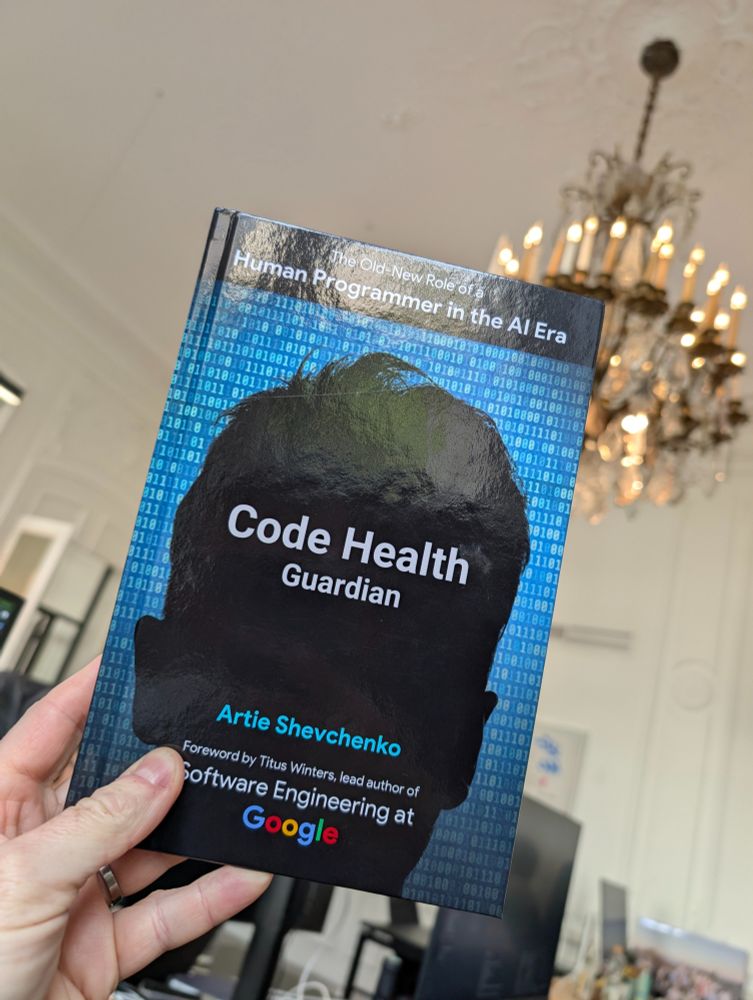


But they just don’t scale. I always end up making the painful choice of trading compile-time safety for scalability. It hurts, but it’s necessary.
But they just don’t scale. I always end up making the painful choice of trading compile-time safety for scalability. It hurts, but it’s necessary.
Master them, and you’ll unlock superpowers in problem-solving. 🚀
Master them, and you’ll unlock superpowers in problem-solving. 🚀
@p-y.wtf says (and does) it all…
It's a bit long... I had to show how to encode code knowledge to automate leak investigations, and dig even deeper with YourKit Java Profiler.
engineering.block.xyz/blog/the-lea...
#AndroidDev

@p-y.wtf says (and does) it all…

⚠️ Use locally for speed, but keep codebase references explicit for readability!

⚠️ Use locally for speed, but keep codebase references explicit for readability!
1️⃣ Emphasize information hierarchy
Guide attention effortlessly.
2️⃣ Add delight
Make interactions feel magical.
3️⃣ Provide feedback & status
Keep users informed in real time.
1️⃣ Emphasize information hierarchy
Guide attention effortlessly.
2️⃣ Add delight
Make interactions feel magical.
3️⃣ Provide feedback & status
Keep users informed in real time.

We finally cracked the math and extended our projection calculations adding a whole new dimension to the map. Just gorgeous.
We finally cracked the math and extended our projection calculations adding a whole new dimension to the map. Just gorgeous.
It uses a unique “graph model” for compression, enabling modular, high-performance codecs and a universal decoder - perfect for structured data at scale
Link: https://loom.ly/z09xoNw
#DataCompression

It uses a unique “graph model” for compression, enabling modular, high-performance codecs and a universal decoder - perfect for structured data at scale
Link: https://loom.ly/z09xoNw
#DataCompression

github.com/ZacSweers/me...

github.com/ZacSweers/me...
2016 - 2025
R.I.P.

2016 - 2025
R.I.P.


